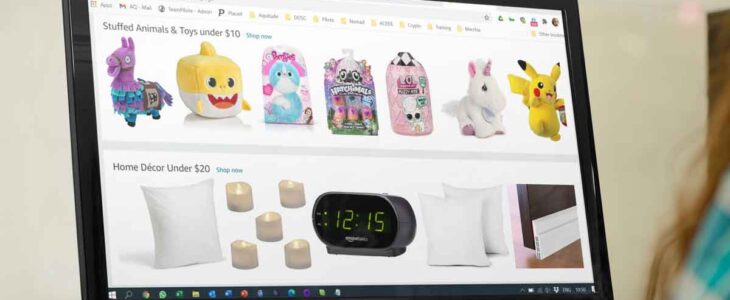
Every year it seems we revisit how to create a better ecommerce customer experience. Every year it seems we say the same things in a slightly different ways. And every year we are surprised that simple things are still not adopted.
Back to Basics – Your Customer – Myth versus Reality.
Forget personalisation for a moment. The events of 2020 changed the way customers behaved. Their financial circumstances may have been affected. Their world view shaped by being confined to home rather than being able to travel. Their attitudes to material good and their relationships with brands may have been changed – perhaps permanently.
So before you start to rethink your customer experience, revisit who your customer is. Use data. Avoid the trap of thinking that your customer is who you want them to be and not who they really are.
Your Ecommerce site is one of the best places to get a reality check of your customers. Join the dots between your social networks and measure conversion from content to sale. Your biggest fans may not be your most valuable clients.
Monitor what your customers are searching for. Monitor the customer reviews and complaints and feedback. Measure Customer Lifetime Value. Use tools like Customer Effort Score to debug and streamline specific parts of the journey. But most of all – evaluate the data objectively.
Content is the Experience
Once you have understood who your real, current customers are in 2021, you need to re-evaluate your content.
For many companies, who no longer have physical venues, the customers’ only experience may be through content. This includes on-site content like product descriptions and photography, blog posts and educational articles, social media posts and visual content such as product videos.
Ecommerce retailers that have more relevant, authoritative content report a 21% lower bounce rates than competitors with ‘weaker’ content. To improve CX and customer sentiment towards your company, focus on producing content with high production values that consistently reflects your brand messaging.
Creating great, relevant content is hard – and can be expensive. But if a customer can’t touch and feel a product or experience the ambience and lighting and music in your store, then how do you communicate the value proposition?
Personalisation Again
Personalisation has been a goal of ecommerce since we started collecting data about our customers. Personalisation has been on these types of lists for years and very few companies have got it right. In fact, I can’t name a company or brand who ‘gets’ me and provides a level of personalisation that really differentiates them or provides a better customer experience – perhaps Netflix!
Even Google and Facebook get it wrong. As I am writing this, I am sitting in Athens Greece. I don’t actually speak Greek, but the vast majority of the ads I am served on You-Tube are in Greek. So these brands are wasting a lot of money serving ads to me. Google themselves serve me pages in Arabic, because I spend a lot of time living and working in the UAE.
Perhaps the worst offender is Amazon. Yes – the company that invented the concept of ‘if you liked this then you might also like… ‘ who I have been a customer of for 20 years thinks that today I might like ‘Stuffed toys under $10’ or ‘Home Decor under $20’. Anyone who knows me will know that these are not even close…
If you are a sophisticated, data driven ecommerce business, then by all means explore more personalisation as part of your Customer Experience strategy for 2021, but perhaps you might get a better return on investment somewhere else.
Mobile? Really?
It’s 2021, 20 years since blogs declared 1999 to be ‘the year for mobile’. Its surprising that ‘mobile first‘ still doesn’t mean what it says, that many CX people – especially web designers start with the big widescreen homepage and think in clicks and hovers more than swipes and pinches and scrolls.
Perhaps, due to working from home, your customers are using their laptops and desktop monitors more than their mobile phones to shop. But it’s easy to answer that question definitively using Google Analytics.
Customer Experience has two parts, but both parts are intricately linked. The experience can only be measured in relation to a customer.